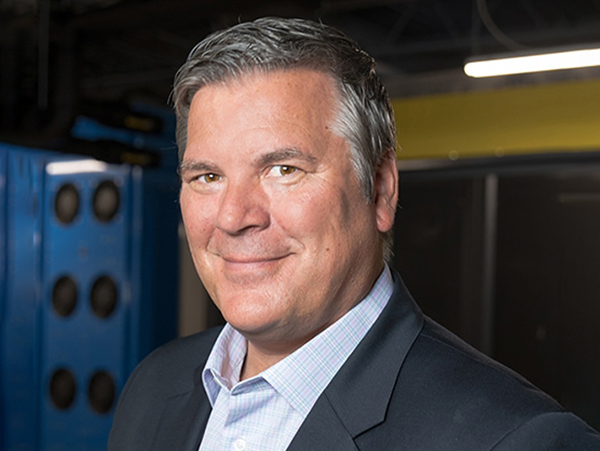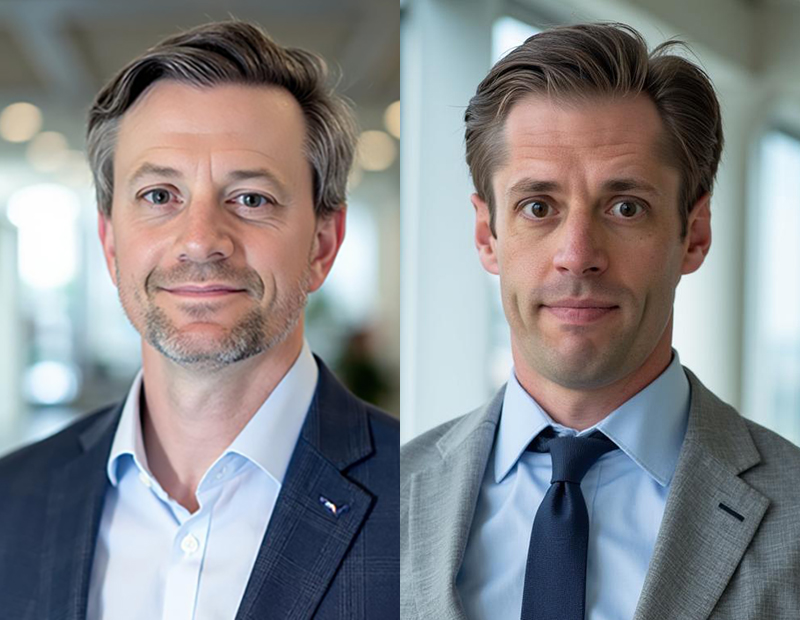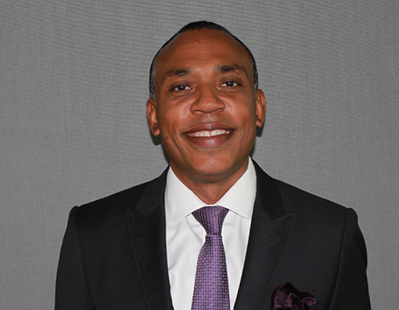Data Centers: Cross-Connecting Communities
DC BLOX's Jeff Uphues explains how the company's existing and upcoming southeastern facilities serve as a bridge between old and new digital infrastructures.
The pandemic posed a challenge to all businesses: to stay functional and connected during trying times. DC BLOX contributed to the solution of this issue, aiming to facilitate the access of Southeast U.S. communities to the global economy. The company—which has data center locations in Atlanta, Chattanooga, Tenn., and Huntsville, Ala.—has responded to the increased demand for a Tier III-rated regional data center in North and South Carolina and North Georgia by building new facilities in Birmingham, Ala., and Greenville, S.C.
CEO Jeff Uphues discusses the company’s further expansion into South Carolina. He also reveals the reasons why the company decided to focus on this area and what it takes for a data center company to stay competitive going forward.
READ ALSO: Crossing the Road to the Digital Era
DC BLOX is focusing on underserved regions in the Southeast. Tell us more about the reasons why you chose to expand in this area.
Uphues: We’ve found that much of the multitenant data center investment by the largest real estate investment trusts is in major cities such as Santa Clara, Calif., Hillsboro, Ore., Chicago, Dallas, Phoenix and Ashburn, Va. In the Southeast, the data center investments have been primarily in the Atlanta area. And frankly, there has been plenty of business for them in these areas, so their focus has not turned to smaller-scale markets.
However, there are a number of fast-growing Tier II cities across the Southeast with the same infrastructure needs as any major metropolitan area. Therefore, we are simply building smaller scale, higher quality data centers that are architected to expand with the market to meet the growing needs in these cities.
How do you stay competitive in this region?
Uphues: Much of our value proposition to stay competitive comes down to the quality and efficiency differentiation of our facilities, the services we offer within the data center and the delivery of a robust ecosystem of connectivity within these. In each of the markets where we build facilities, there are numerous smaller, less-efficient and older data centers. They were either built by enterprises with no other options or smaller data center providers with facilities that don’t have the reliability, quality and security to meet the requirements of today’s digital infrastructure.
So first, we build Tier III data centers—as defined by Uptime Institute’s standards for quality of design, construction and operation. Tier III means that every major component necessary to keep the data center running has a redundant backup, including all the elements of power distribution and cooling systems. Uptime Institute calls that “concurrently maintainable,” meaning you can take down any part of the chain to do maintenance and still continue full operations.
 Next, we recognized that a key growing need for digital business is data connectivity. Therefore, we have built a regional network across the Southeast connecting all our data centers and a connectivity ecosystem to help local businesses reach the local, regional, cloud and global platforms and providers that make up their increasingly distributed IT environments. Our centers effectively become the grand central station for connectivity, which serves enterprises, content providers, cloud companies, fixed-line carriers and wireless providers for 5G deployments.
Next, we recognized that a key growing need for digital business is data connectivity. Therefore, we have built a regional network across the Southeast connecting all our data centers and a connectivity ecosystem to help local businesses reach the local, regional, cloud and global platforms and providers that make up their increasingly distributed IT environments. Our centers effectively become the grand central station for connectivity, which serves enterprises, content providers, cloud companies, fixed-line carriers and wireless providers for 5G deployments.
Finally, the exponential growth in data means that companies need a scalable solution for storing data close to where it is being produced and consumed. Each of our data centers is equipped with a large-scale object storage and data management platform that helps companies in the Southeast to store and process petabytes of data locally.
You are currently working on a project in Greenville, which will also be South Carolina’s first Tier III data center. Tell us more about it.
Uphues: Our upcoming site will serve the upstate region and is located in Greenville, S.C. We secured land in this market in early 2018 and have been meeting with key enterprises and government for a couple of years now. It is a vibrant and growing business-friendly city with an educated workforce and broad industry representation with a strength in manufacturing.
Like other markets we have chosen to expand in, Greenville County lacks existing data centers able to offer the security and reliability of a Tier III facility or the extensive connectivity reach of our southeastern regional data center. Local enterprises without their own data center facilities have had little choice other than to co-locate their IT infrastructure in Atlanta, Charlotte, N.C., or a less-reliable, less-secure facility in town.
READ ALSO: These Data Center Markets Lead the World
What economic impact do you expect the project to have on the city and the region?
Uphues: We aim to build with a focus on the longer term. Assuming the market grows as expected, there will be over $200 million in economic benefit to the Greenville County area from capital investments within our facility. In addition, there are tax benefits to customers who keep their IT systems deployed in Greenville and equal incentives to customers who bring IT systems back into the market from Georgia, North Carolina or elsewhere. Of course, none of this even counts the economic benefit of core digital infrastructure attracting tech-dependent businesses to move to the region.
How data center-friendly is the Southeast? What kind of challenges have you encountered while developing projects there and how did you overcome them?
Uphues: The states and cities where we have located our data centers to date understand that a modern, connected multitenant data center is core infrastructure needed to drive a tech-based economy. They have been very responsive and supportive in our location efforts, creating tax incentives that encourage us to build there and our customers to store their IT equipment locally.
More mature data center markets have already gone through this process, so if there was a challenge, it consists of going through the process of getting those incentives approved at the city and state level.
What can you tell us about DC BLOX’s future locations?
Uphues: DC BLOX doesn’t typically reveal our specific site roadmap since there are many factors determining our next location. These include appropriate land availability, tax incentive availability, tenant commitments, etc. However, as part of several public hearings DC BLOX has been involved in, you may have heard about potential activity in the High Point and Greensboro, N.C. areas.
How has the data center sector changed since the onset of the pandemic?
Uphues: One big change we’ve observed is that the network moved! Instead of data flowing from systems and laptops from company sites, a lot of data shifted to and from the employee’s home locations, not to mention the need for new communications tools. Companies were scrambling to work with their communications providers to quickly change the connectivity and bandwidth they now needed—or didn’t need—from their business locations and data centers. It certainly underscored the need for network agility and working with providers who have the platforms and partnerships to get this done quickly.
How do you see it going forward?
Uphues: I think companies have developed a heightened desire for agility. If the pandemic has taught us anything, it is that there is no way to predict the kinds of business impacts that we may face in the future. Combined with the migration of applications to the cloud and a general growth of distributed IT environments, companies need a partner ecosystem that gives them the ability to rapidly respond to business opportunities and threats and to be able to shift workloads and the movement of data to where they make the most sense.








You must be logged in to post a comment.